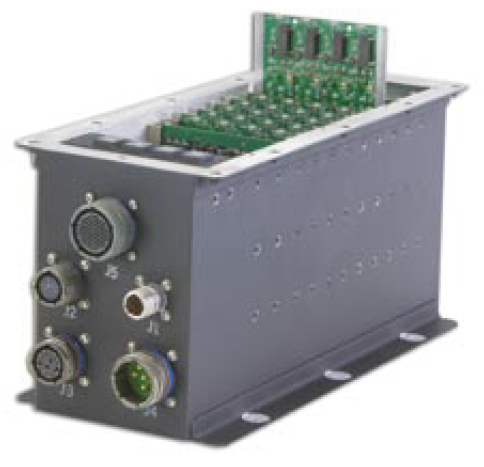
Secure Power With Next-Generation SPDUs
Computer-controlled advances in avionics, such as fly by wire, along with added onboard electrical features, including in-seat, passenger entertainment systems, are boosting electrical demand on board aircraft. Standard thermal circuit breakers and relay systems are carrying ever more current-dense wiring …
Read More

Avionics Tech Report: Ground Fault Protection
The wear and tear of wiring harnesses can create a safety issue in commercial aircraft, particularly in the aging ones. However, an approved, and proven, technology exists that can detect and isolate the electrical faults, which otherwise can escape the …
Read More

